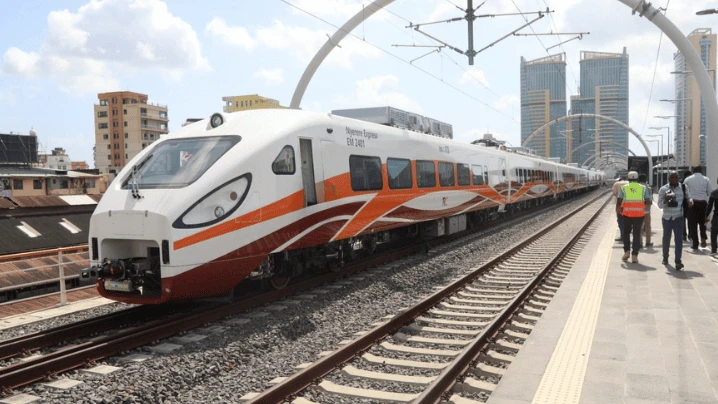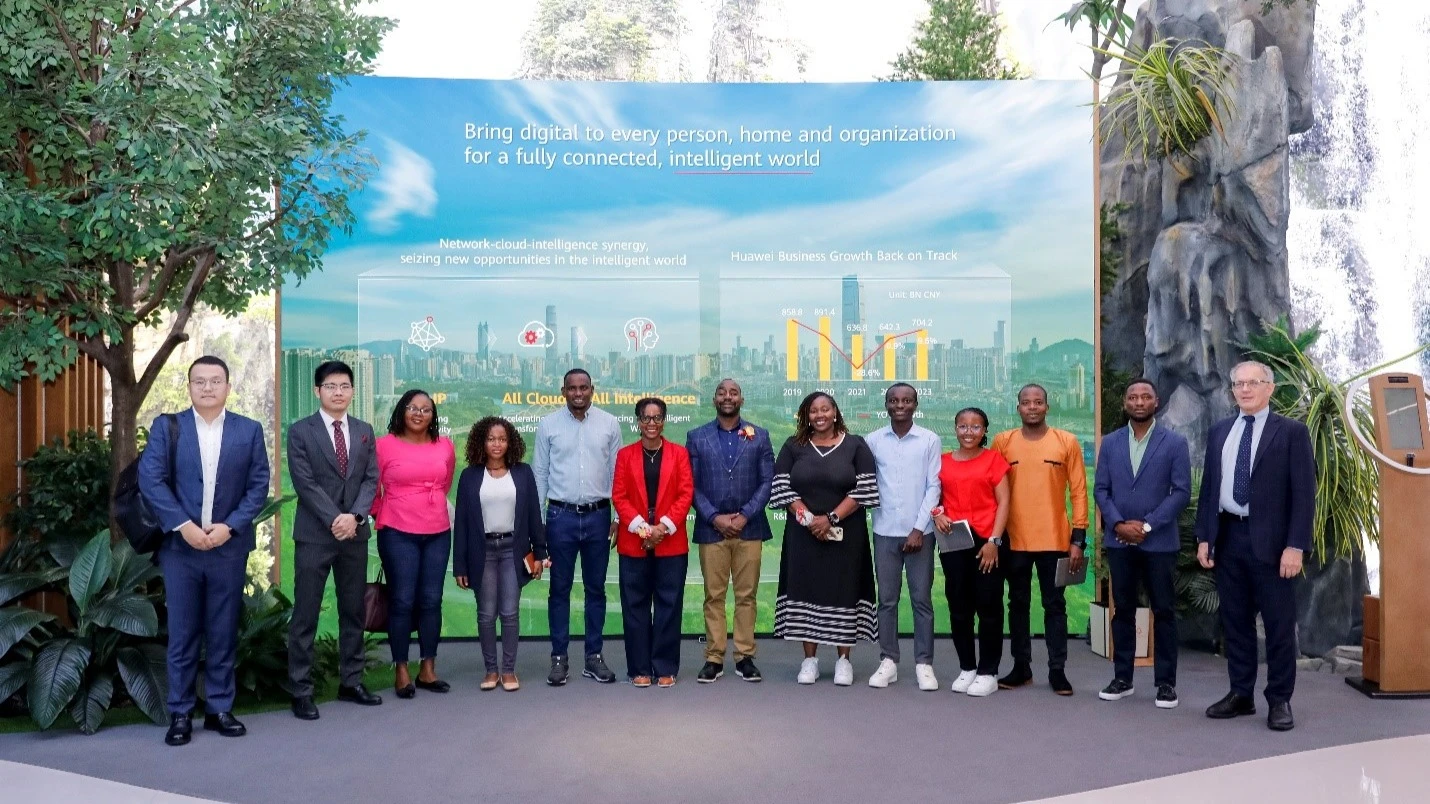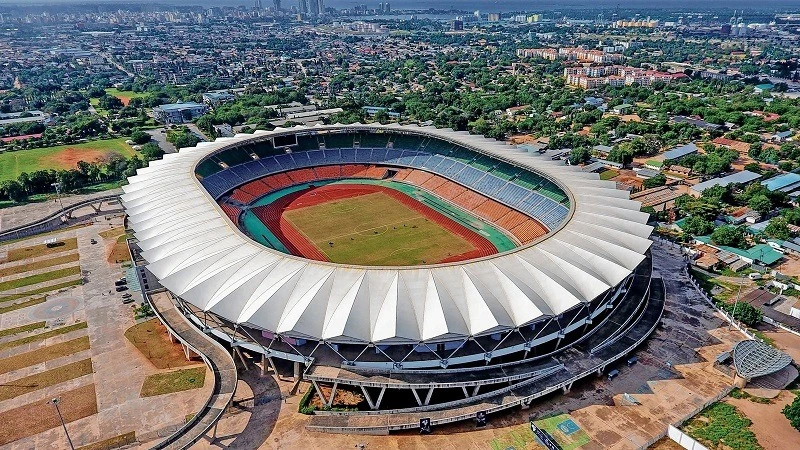INFRASTRUCTURE, WATER TREATMENT PROJECT TO STIMULATE DEMANDS FOR INDUSTRIAL HOSE

The global industrial hose market is projected to grow from $16.75 billion in 2024 to $23.57 billion by 2031, registering a compound annual growth rate (CAGR) of 5.9 percent during the forecast period, according to a new report published by The Insight Partners.
This growth is underpinned by rising global industrialization, increased demand for fluid transfer solutions across key industries, and the accelerated development of infrastructure and smart cities, particularly in emerging markets.
Industrial hoses, which are flexible hollow tubes designed to transport fluids from one location to another, play a vital role in industries such as oil & gas, automotive, food & beverage, mining, construction, and water and wastewater treatment.
As industries increasingly adopt automation technologies and environmental compliance standards, the need for durable, high-performance hoses continues to rise.
One of the primary drivers of market expansion is the growing investment in water and wastewater treatment facilities worldwide.
Government-backed initiatives have surged over recent years as countries aim to ensure adequate water access and sanitation in both rural and urban areas. For example, in the United States, the Department of Agriculture announced a $75 million investment in rural wastewater systems in 2022, while the Biden administration committed over $84.7 million to 36 water resilience projects in drought-prone Western states under the Bipartisan Infrastructure Law.
Similarly, countries in Europe and Asia are scaling up investments in clean water technology. Hydro, a German company, funded a new water treatment facility at its Schwandorf heritage site, and BIPSO completed a modern wastewater plant at its Singen location with an investment of $1.5 million. These developments are driving demand for high-quality industrial hoses, which are critical in transporting water, chemicals, and sludge under varying pressure and temperature conditions.
The emergence of smart city projects is another key growth catalyst. These projects require advanced infrastructure, including efficient water distribution and sanitation networks. In India, the Kerala Water Authority launched a decentralized wastewater treatment initiative using Japanese Johkasou technology.
In Canada, federal and provincial governments jointly invested $24.3 million in a new water treatment plant in 2023, while Kelowna’s City Council approved $90 million for airport expansion and supporting water systems.
From a regional perspective, Asia-Pacific led the market in revenue share in 2024 and is forecast to maintain the highest CAGR through 2031. The region’s rapid urbanization, industrial expansion, and government-supported infrastructure programs—particularly in China, India, and Southeast Asia—are expected to continue fueling demand for industrial hoses.
In terms of material type, rubber hoses held the largest market share in 2024 due to their flexibility, durability, and resistance to chemicals and high pressure. However, materials like PVC, polyurethane, and composites are also gaining popularity in specialized applications.
Among the various end-use industries, the oil and gas sector accounted for the largest share in 2024. Industrial hoses in this sector are used for drilling, refining, fuel transfer, and offshore operations. The ongoing global demand for energy, especially natural gas, is expected to sustain growth in this segment.
Key players in the market include Parker Hannifin Corp, Novaflex Inc., Kuriyama of America Inc., Gates Corporation, Norres, Kanaflex Corporation, Danfoss AS, Flexaust Inc., Jason Industrial Inc., and Polyhose Inc. These companies are focusing on product innovation, strategic acquisitions, and regional expansions to gain a competitive edge. For example, NORRES recently acquired the Dutch Baggerman Group, and Parker Hannifin expanded its portfolio by acquiring the hose and fittings business of PIX Transmissions.
According to the report, the global industrial hose market is entering a dynamic phase, supported by large-scale infrastructure investments, environmental regulations, and increasing demand across diverse industrial sectors.
As industries and governments alike prioritize sustainability and operational efficiency, the role of industrial hoses in enabling safe and efficient fluid handling is set to become even more critical.
Top Headlines
© 2025 IPPMEDIA.COM. ALL RIGHTS RESERVED

























